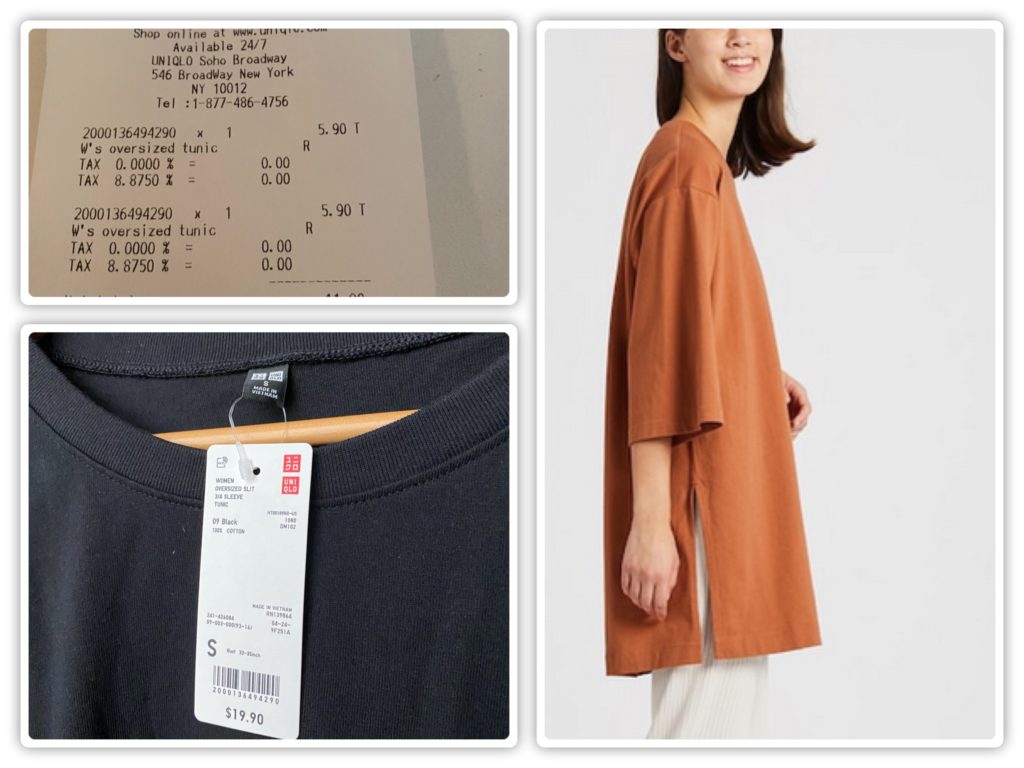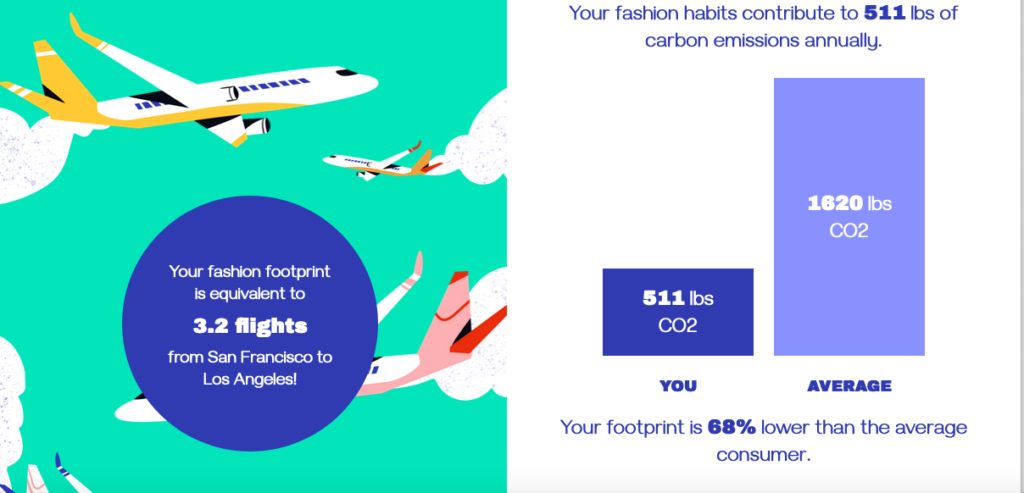How Can Uniqlo Stay In Business? They Need To Charge More! (+Quiz)

Take the Fashion Footprint Calculator Test below!!
I’m getting ready for my South American trip and wanted a few items to replenish my travel wardrobe. I found a stylish all-cotton black tunic top at Uniqlo. The tag said $19.90. I went back a day later to buy two more and realized they were actually marked down to $5.90 each.
They’re all cotton, made in Vietnam and look terrific. But I must say I was horrified that Uniqlo feels they need to give them away at less than $6 a piece. I didn’t feel elated, I felt sad that this entire store was in all likelihood filled with similar markdowns. How can they possibly stay in business at this rate?
I’m Thrifty But Fast Fashion Doesn’t Compel Me To buy
As most of you know, fashion is not really my thing. And although I am frugal, I am not tempted to buy a sale item just because it’s a “deal.”
But what prompted this post today is my need to vent about how appallingly cheap clothes have become. And secondarily, to bemoan the fact that Uniqlo may not be long for this world if this is what it takes to make a sale.
I’ve been reading a lot about fashion trying to save the planet
A bit like tobacco companies claiming it’s their mission to stop us from smoking (which is why they’ve invested in vaping companies)! Actions speak louder than words and what I’m hearing is straight up greenwashing.
Per this CNN article, according to the United Nations, the fashion industry is responsible for 8-10% of all global carbon emissions.
That amounts to more emissions than all international flights and maritime shipping combined. The fashion industry also generates 20% of the world’s wastewater.
But before we place all blame on business and the fashion industry, let’s look in the mirror. The average consumer today buys 60% more pieces of clothing than they did 15 years ago, and keeps each item for half as long.
ThredUP, which describes itself as the world’s largest fashion resale platform, wants fashion consumers to understand their role in fashion waste. They’ve created a tool called the Fashion Footprint Calculator to help shoppers understand the impact their fashion choices have on the environment (scroll down for the link). It’s obviously self-serving, but I took the test anyway and not to boast (but yes, I am boasting), my footprint was 68% lower than the average consumer!
Scroll down and take ThredUP’s test Now!!
Here it is:
ThredUp’s Fashion Footprint Calculator
And Here are my results:

Bottom Line.
The dilemma as I see it is going to come down to the friction between maintaining jobs while at the same time cutting back on everything we buy.
I am positive most of us could go for years without buying a single new item (fashion or otherwise) but just as it’s become alarming to see empty storefronts all around the country, it’s even scarier to consider what will happen to millions of workers once we purposefully curtail our shopping.
Making sense of all of this – and doing it without triggering a host of unintended consequences, is the challenge of the decade.
